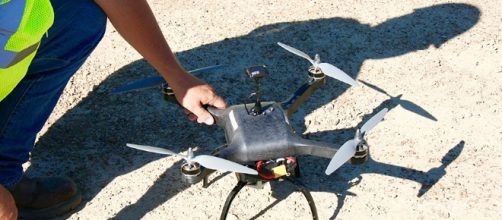The Department Of Transportation (DOT) is currently trying to figure out if drones would make better safety inspectors than humans. According to Next Gov, the DOT’s Federal Highway Administration (FHWA) will investigate Unmanned Aerial Systems to find out if they should be used in quality assurance tasks, an area that has required humans to be put in potentially dangerous situations.
Unmanned aerial systems (UAS)
To find out whether drones (which can easily reach higher observation points than humans) could be used to identify potential safety hazards, the FHWA issued a request for information earlier this week, looking for help from the industry.
In particular, to study the data harvested from the collection, analysis and interpretation of unmanned aerial systems for bridges. According to the draft RFI, the transportation infrastructure systems have benefited from the low-cost imaging and remote sensing capability provided by drones, but to efficiently process the data without extensive expertise requires a more delicate application of the technology.
Drones under FAA
The current Federal Aviation Administration (FAA) regulates that drone pilots are only to operate in spaces of up to 400 feet, and with their vehicles remaining in line of sight. The drones cannot fly over people, ruling out all urban areas, and they cannot be within 5 miles of an airport without notifying air traffic control.
Before an agency can work with these unmanned aerial systems safely, they must learn how to avoid collisions with humans, an area that has been carefully studied since 2015. FAA, NASA, and other technology companies are planning to continue observing how automation and self-separation works in the UAS Traffic Management system that is expected to be fully functional in 2019.
Drones for safety checks?
Over the past five years, drones already have a growing number of proposed uses -- delivery of goods, infrastructure, search and rescue, and even agricultural monitoring. If the FHWA study goes well, they will also be used to replace humans in construction projects. The study plans to identify and document effective uses of UAS in bridge inspections, focusing on data management to come up with the best practices and guidelines in a final report.
Much needs to be done before drones can start making our infrastructures a little safer, and the regulations for these unmanned aerial systems are still evolving, along with research and data collection.


